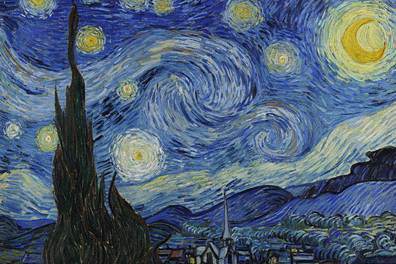Taught Me About Painting and Life
Paintings, sculptures, and other art forms express the artists’ drive to create. Much of that artistic drive originates from a problem or pain. Back in the early 60s, I attended Muskingum College. One of the required courses was a 10-hour course called The Arts. You could take the class in either your junior or senior year. One of the best things that has happened to me was taking it as a junior. It changed my Weltanschauung.
At the end of my junior year, Louie Palmer, the professor who taught the class, asked me to be his teaching assistant the following year. I taught several weekly subsections using slides containing famous paintings and sculptures. We also listened to musical compositions. Additionally, I wrote and graded the midterms and finals for both semesters. Talk about a golden opportunity.
In the past quarter of a century, I have taught at several colleges. The courses ranged from history, philosophy, theology, and art history. I loved teaching. I’m 82 and would teach any of those classes today, especially art history, for free. Back in the 60s, The Arts was talk with the help of slides. When I started teaching several decades ago, slides were replaced by PowerPoint Presentations. Click on Art History, and you will see a PPP that I created years ago.
The first paintings were created by Paleolithic people 20,000 years ago inside caves. The best-known caves are Lascaux Cave in Southern France and Altamira in Northern Spain.
This cave painting of a dotted horse was done at Lascaux. What do you notice other than the horse? At the top of the painting are someone’s left and right hand, and at the bottom center is a person's right hand. The artist would put their hand on the wall, take a mouthful of paint, and spray it over their hand. It could be a signature for their painting or a means to tell some deity they were the artist.
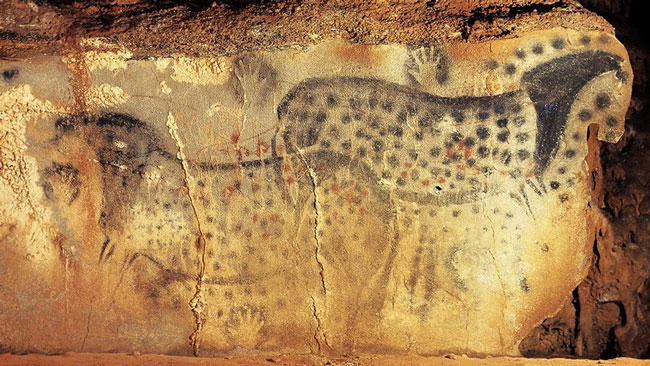
A painting of a horse in the Lascaux Cave
I am an artist too. During the second semester at Muskingum, all the students had to create a work of art for the art history class. I designed and made the hooked rug over six decades ago. It graces my garage.
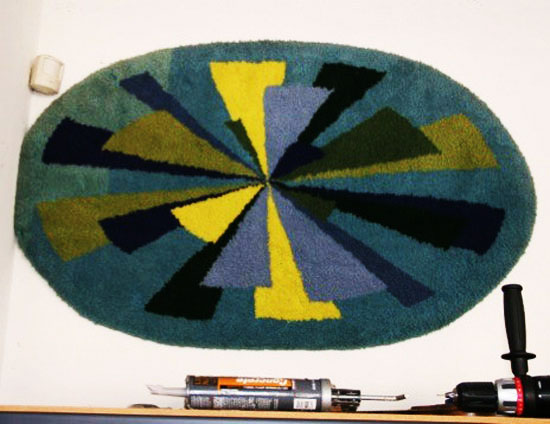
During my senior year at Muskingum, I scrupled this bust of Pierre Teilhard de Chardin.
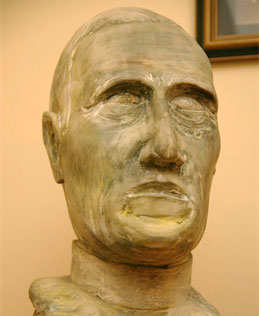
I also sculpted my version of the Lorenzo de' Medici bust by Verrocchio. However, it seems to be hiding in my home.
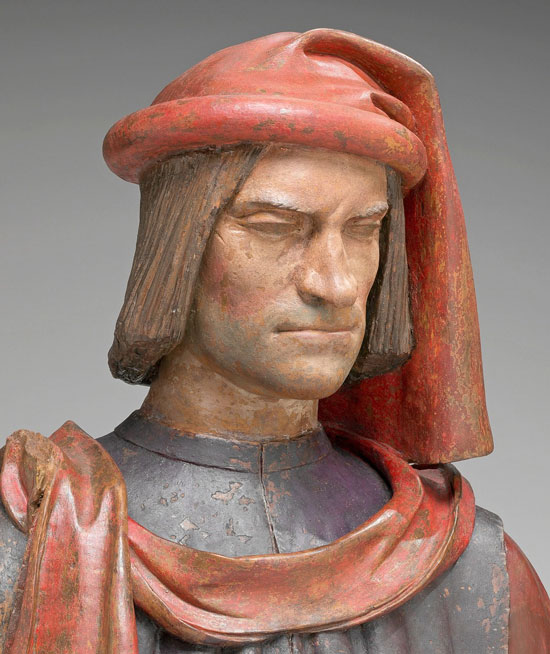
Jackson Pollock was an abstract expressionist who lived in the first half of the 20th century. However, he painted physically, moving around the painting, often on the floor. Pollock used the technique called drip paintings.
This is Pollock’s mural called 1943, which was painted in 1943 to honor me on the year of my birth. Or it simply means it was painted in 1943. It is 8 ft. high and 20 ft. long.
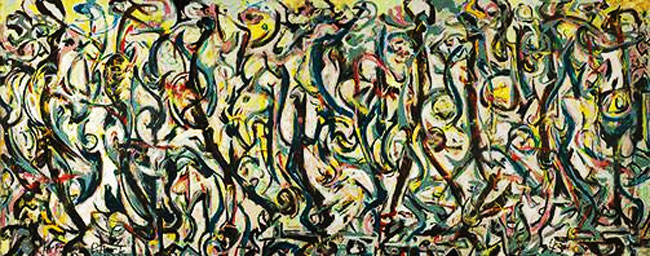
Pollock expressed his creative drive by painting nearly 400 paintings before his tragic death. That would mean he had to paint about 14 or 15 paintings annually.
I tried my hand at a Pollock-esque painting of my patio paver blocks. This is a photo of the three circular designs of my paver block patio before beginning my masterpiece. This is one of the three circles.
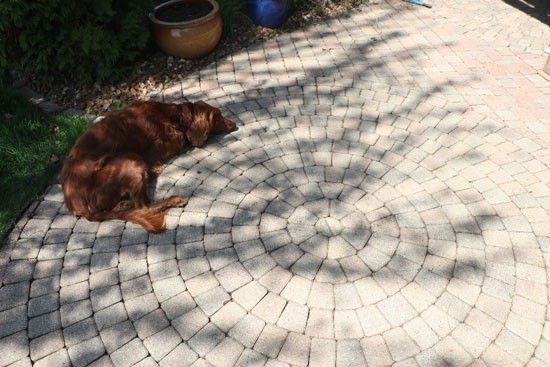
I first sprayed some of the pavers with small gold or blue dots. Then, I tape around the gold and blue pavers. This video is of me painting some of the pavers gold.
Now, it is the blue pavers.
Then, I removed the tape.
This is Ginger admiring my Pollock-esque masterpiece.
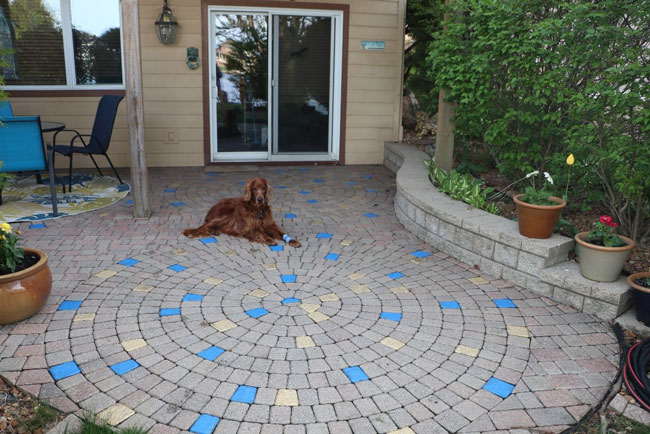
This is a video of the Lascaux Cave.
This is an interesting video of moving the 1943 mural to the Sioux City Art Center in Iowa City, Iowa.
This is an interview with Jackson Pollock as he is painting.







